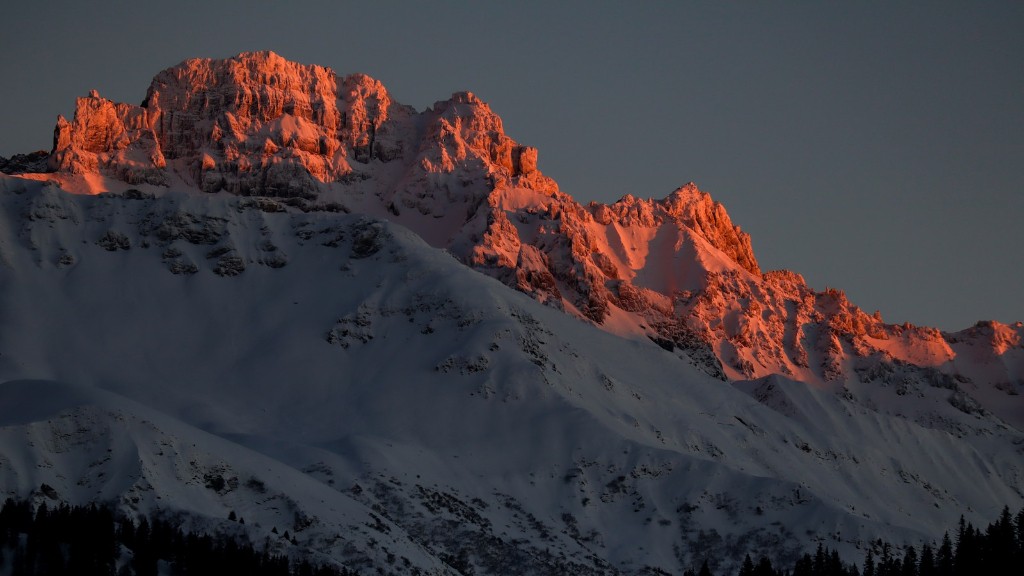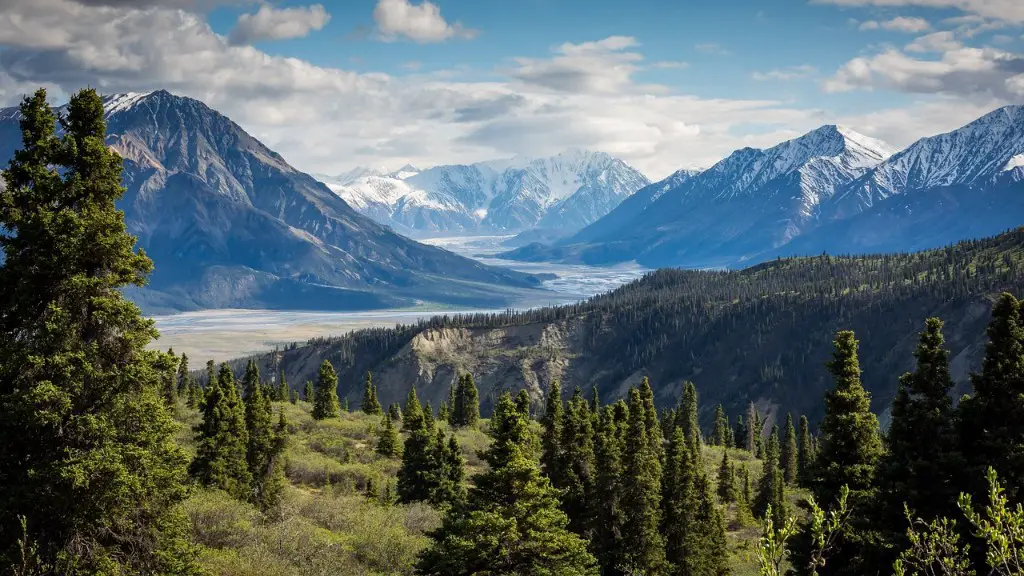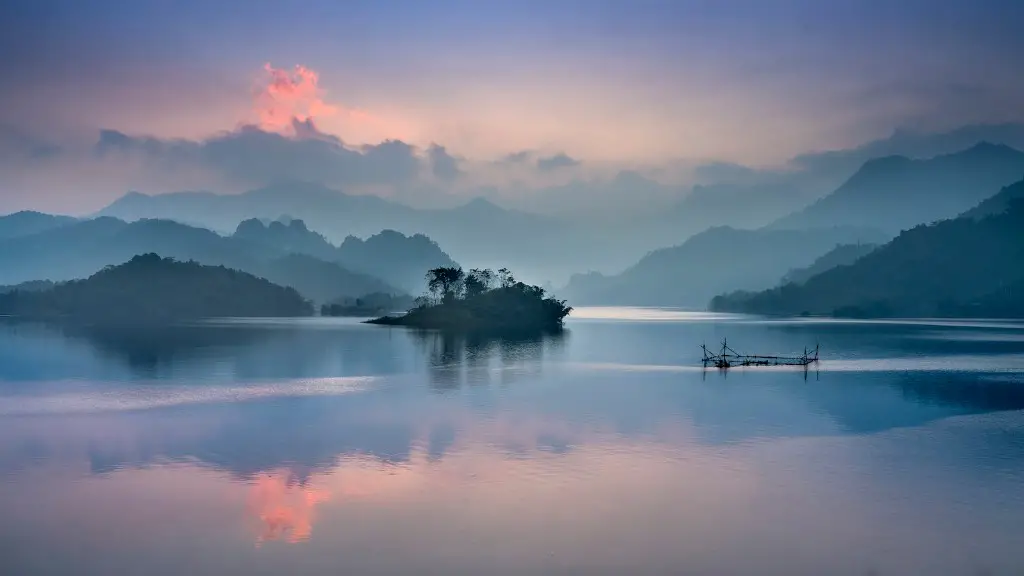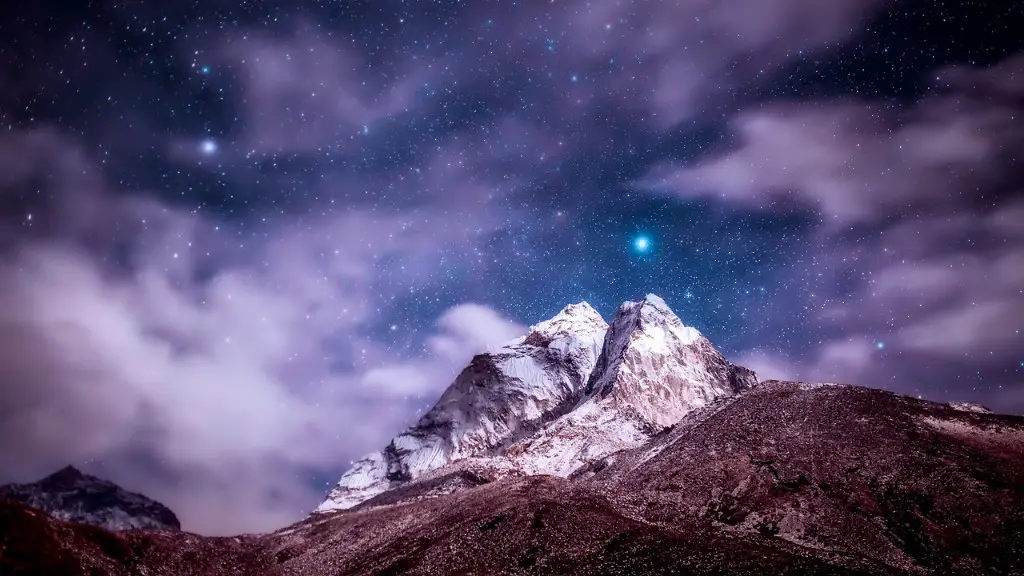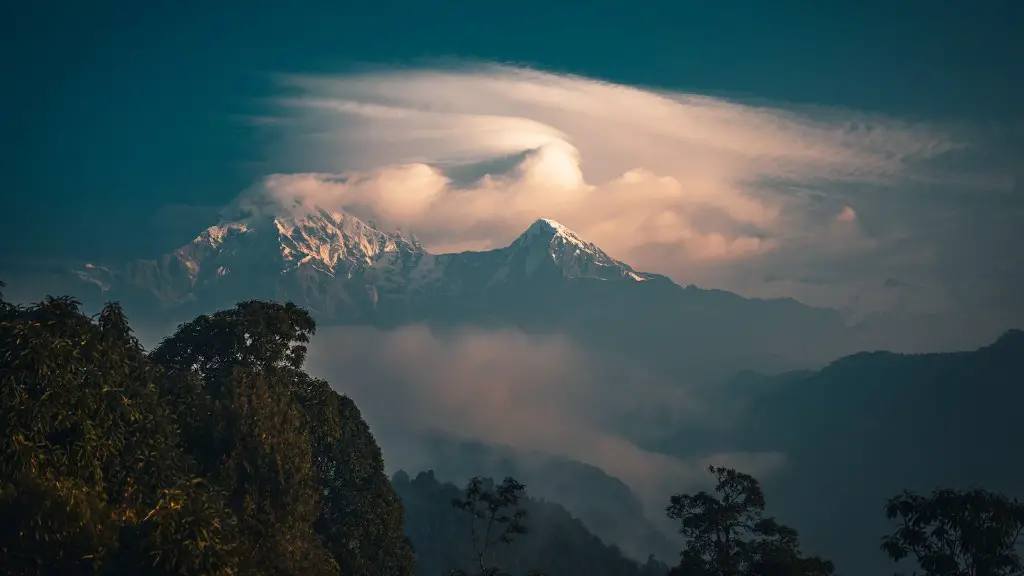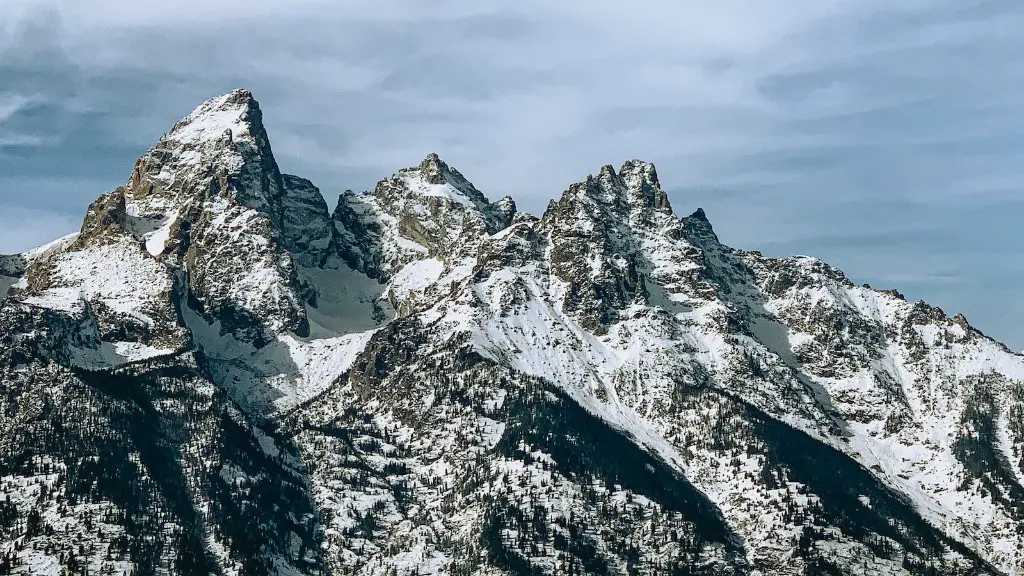Mount Everest, also known as Qomolangma, is the tallest mountain peak in the world, reaching an elevation of 8,848m. It is located in the Mahalangur Himal sub-range of the Himalayas, and straddles the border between China and Nepal.
Since Edmund Hillary and Tenzing Norgay reached the summit in 1953, there have been many different routes that have been used to climb Mount Everest. Some of the most popular routes include the South Col route, the Northeast Ridge route, and the North Col route.
The South Col route is the most commonly used route nowadays, and involves climbing up the icefall on the Khumbu Glacier, before traversing the Lhotse Face and summiting via the South Col.
The Northeast Ridge route is the second most popular route, and is the one that Hillary and Norgay used back in 1953. It starts from the Tibetan side of the mountain, and involves climbing up the Rongbuk Glacier before summiting via the Northeast Ridge.
The North Col route is the third most popular route, and starts from the Chinese side of the mountain. It involves climbing up the icefall on the North Col, before
There are many ways to climb Mount Everest, and there is no one answer to this question. Some climbers may use different routes or methods than others, so there is no definitive answer. Some popular routes up the mountain include the South Col route, the North Col route, and the West Ridge route. There are also many different expedition companies that offer guided climbs up Everest, so there are many different ways to summit the mountain.
How many routes are there to climb Mount Everest?
There are two main routes to the top of Everest. The first is the Southeast Ridge, which was first climbed by Tenzing Norgay and Edmund Hillary in 1953. The second is the Northeast Ridge, which was first climbed by a Chinese expedition in 1960.
The South Col Route is the most popular route up Mount Everest. It is also the most dangerous route, with an estimated death rate of around 4%. The Northeast Ridge is a less popular but still fairly popular route. It is considered to be safer than the South Col Route, with an estimated death rate of around 2%.
What is the easiest route to climb Everest
The Southeast Ridge route is widely acknowledged to be much easier to top the Everest. An authentic statistics show that the death toll of the Southeast Ridge route is far less than that of the Northeast Ridge one with factors most related to the altitude, fall, crevasse, and avalanche.
Two routes on Mount Everest remain unclimbed today – the direct route up the East Face and the Fantasy Ridge (aka the East Ridge). Both are extremely dangerous, and avalanche-prone. In years with little snow, the route becomes unclimbed as shown in 2006 by Dave Watson and team on the Fantasy Ridge.
Can Mount Everest be climbed in one day?
If you’re interested in climbing Mount Everest, you’ll need to allow at least three months for the journey. It takes 19 days to trek to and from Everest Base Camp, and then an average of 40 days to climb to the summit. Make sure you’re prepared for the challenge before undertaking this adventure!
The higher the peak, the more efficient our bodies must be at using oxygen, so the more we must acclimatize. The highest mountains in the world are over 8,000 meters (26,400′) and the air is so thin (low in pressure), it takes weeks for our bodies to even be able to survive at the altitudes where we camp. Our bodies must become more efficient at using oxygen or we will not be able to make it to the summit.
Can you climb Everest without a Sherpa?
In order to attempt to climb without the assistance of a Sherpa, you would need to pay the icefall doctor’s fee. Icefall doctors are Sherpas who mend the ropes and ladders and arrange the pathway across the icefall every year. Without their assistance, it would be impossible to cross the Khumbu icefall.
Permits for climbing Mount Everest are essential in order to be able to access the mountain – and they don’t come cheap! The cost of a permit from the north side of Tibet is a whopping $8,000, making it one of the most expensive expenses associated with climbing the mountain. Luckily, there are two ways to obtain a permit: either directly from the Chinese government, or through a tour company. If you’re planning on scaling Everest, be sure to factor in the cost of a permit into your budget!
What is the best age to climb Everest
There are two main routes to scale Mount Everest- the north side in Tibet, and the south side in Nepal. The age limit for climbers in Tibet is 18-60 years old, while in Nepal there is no upper age limit, but climbers must be a minimum of 16 years old. Thus, climbers have more options and flexibility when choosing to attempt to summit Mount Everest from the south side in Nepal.
Overall, the north side of a mountain is less dangerous and just as likely to be successful as the south side. The south side may have some advantages, but the north side has significantly less risk. Mountain staff are much safer on the north side.
Can you climb Everest in 24 hours?
Everest + Lhotse in 24 hours is a great way to climb two of the world’s tallest mountains in a short amount of time. This approach allows you to summit both Everest and Lhotse in as little as 24 hours, which is an incredible feat. This is an extremely challenging climb, but it is possible with the right training and preparation. If you are up for the challenge, then Everest + Lhotse in 24 hours is a great goal to set for yourself.
The new regulation requires that all foreign solo climbers must be guided by a licensed Nepali guide while climbing Mount Everest. This is to improve safety of the climbers and to ensure that they follow the proper routes. The Department of Tourism has been delegated more power to function independently in order to enforce this regulation.
What is the deadliest part of Everest
The Khumbu Icefall is the most dangerous part of an Everest expedition. With the extensive systems of ropes and ladders installed each climbing season by the ice doctors, the Khumbu Icefall is the most dangerous part of an Everest expedition.
Since this year has seen an unusually high number of fatalities on Everest, it’s important to understand some of the main causes. Acute mountain sickness (AMS), or exhaustion, is one of the most common reasons why people die on the mountain. When climbing at high altitudes, the body is not able to take in as much oxygen, making it difficult to breathe. Other symptoms of AMS include nausea and vomiting, headaches, dizziness and shortness of breath. If these symptoms are ignored or not treated properly, they can lead to death.
Can you fall off the summit of Everest?
It is with great sadness that we report the death of Donald Lynn Cash, who passed away while climbing Mount Everest in Nepal. Cash was 55 years old and hailed from Utah. According to The Himalayan Times, Cash fell at the top of the summit while attempting to climb the mountain early in the morning. This is a particularly dangerous time to be climbing Everest, as expeditions often climb to the summit at night. Our thoughts and prayers go out to Cash’s family and friends during this difficult time.
The weather and climate on Mount Everest is one of the most extreme on Earth. Temperatures at the summit are never above freezing and during January can drop as low as -60° C (-76° F). Despite the low temperatures, the biggest issue faced by climbers is hurricane force winds and wind chill. Winds on the mountain can reach up to 200 mph (320 km/h) and the wind chill can make the temperature feel like -100° C (-148° F). Even with these conditions, climbers attempt to summit Everest every year.
What is death zone in Mount Everest
The “death zone” is a term used to describe the altitude at which the oxygen levels are insufficient to sustain human life for an extended period of time. The summits of the world’s 14 tallest mountains are all found in the death zone, which is typically identified as 8,000 metres (26,000 feet) above sea level. At these altitudes, the human body is unable to function properly, and ultimately death will occur if one stays in the death zone for too long. However, some mountaineers have been able to reach the summits of these mountains and return to safety, albeit with great difficulty.
Sherpas are an ethnic group of people who live in the mountains of Nepal. They are known for their ability to climb to high altitudes and their skills as mountain guides. The Sherpas’ diet consists mostly of potatoes and rice. The main dish is Sherpa stew, which is a meat and potato stew with some vegetables mixed in. Rice with lentils, called “daal bhaat,” is also a common meal.
Warp Up
There are many different routes that one can take to summit Mount Everest, and it really depends on which route you take as to how many days it will take. Some routes are longer and more difficult than others, so it really depends on your level of experience and ability.
There are many ways to climb Mount Everest, and each climber has their own unique method and route that they take to the summit. Some of the most popular routes include the North Col route, the South Col route, and the West Ridge route. Each of these routes has its own challenges and difficulties, but ultimately, they all lead to the top of the world.
